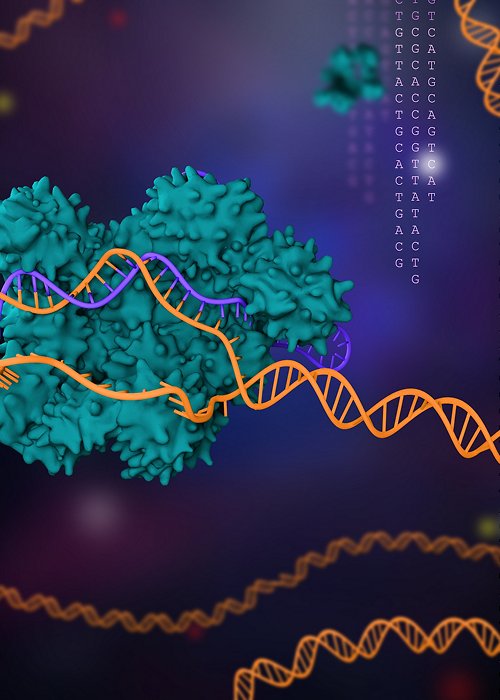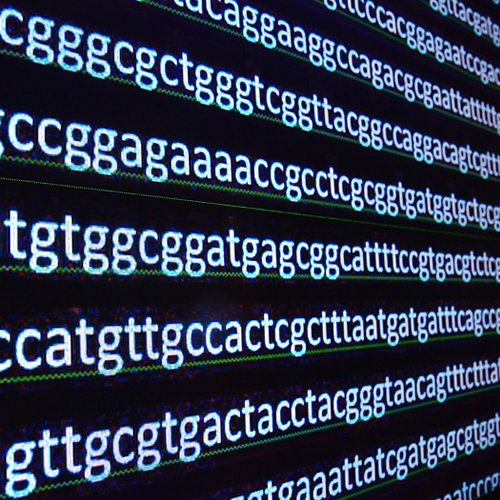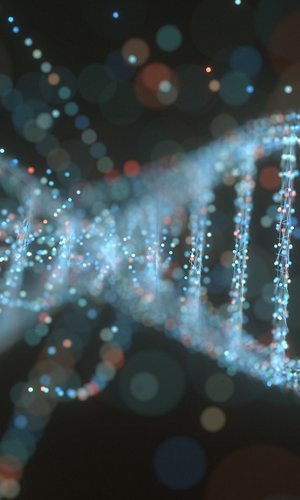Nobel 2020. The biochemists Emmanuelle Charpentier, French, and Jennifer A. Doudna, from the United States, were awarded the most important prize in science with equal merit and with the following motivation: “For the development of a method for genome editing.” What did these two scientists discover and develop? Genetic scissors that make it possible to modify DNA and practice previously impossible therapies: Crispr-Cas9 technology.
Voice search

Crispr-Cas9, the gene factory
DNA is a language with an alphabet of only four letters (G, T, A, C) written in a row one after the other. A, C, G, T are the initials of the four molecules that codify life: adenine, cytosine, guanine and thymine. Four letters that combine to form the genes: the words of the encyclopaedia that give inanimate matter the instructions to become life. A gene in our genetic code is a small piece in the long DNA chain contained in the nucleus of almost every cell; human red blood cells, for example, are nucleus-free. Each gene guides cell organelles in the assembly of a specific protein or enzyme, i.e. the structural building blocks of our body and the nano-machines that make it work. This inner mechanism has been working for four billion years, that is since the first bacterial cells appeared in the hot puddles of an as yet very young Earth. The cell organelles that make proteins and enzymes are immersed in the cytoplasm, i.e. in the gelatinous matrix between the nucleus and the membrane delimiting the cell. DNA never leaves the nucleus, so how does it communicate assembly instructions to the organelles? RNA, which is an exact copy of a gene, takes care of it. RNA is formed directly on the DNA thanks to an enzyme that reads the original as a strand and composes the copy one letter after another. When RNA is ready, it detaches itself from the nucleus and leaves it; therefore the original (DNA) remains safely within the nucleus, while the copy (RNA) is sent into the cytoplasm to tell the nano factories how to produce the proteins.

Sequence of DNA nucleotide bases
DNA was first isolated by the Swiss biochemist Friedrich Miescher in 1869, but it was only a century later, in 1953, that US scientists James Watson and Francis Crick revealed its structure and how it functions and for this were awarded the Nobel Prize in 1962. The first complete reading of an entire human genetic code was completed in 2003 within the Human Genome Project (HGP). From the end of the 1960s, genetic engineering has been manipulating DNA to give new characteristics to cultivated plants and farm animals or to induce bacteria to produce useful molecules such as insulin: however, nothing like what happens in science fiction films that describe often wonderful and sometimes dramatic consequences of DNA manipulation and mutation. But then came the Crispr-Cas9: genetic editing.
A Danish dairy company developed this technique in 2012, studying antiviral defence mechanisms in yoghurt milk enzymes. Even bacteria fall ill and, to defend themselves from viruses, develop Cas9, a protein that recognises, cuts and eliminates the DNA sequences of the virus that attach to the bacteria genome as parasites after infection.
How Crispr-Cas9 works. An RNA molecule complementary to the DNA segment to be cut is artificially constructed in the laboratory. A Cas9 originating from bacteria is attached to this RNA. All this is then injected into the nucleus of the cell and nature is allowed to take its course: RNA recognises and binds to the original segment on the DNA, Cas9 cuts it. It is then possible to wait for the repair systems to reconstruct and adjust the piece of DNA or to take advantage of the cut to insert new genes.
The Crispr-Cas9 technique is able to repair or eliminate a defective gene, replace one gene with another that can give the organism new capabilities, mix genes belonging to different plants or animals. The fields of application are countless and certainly still, for the most part, unexplored. It could be used to treat genetic diseases, to improve the characteristics of animals and food crops, to produce new drugs and to fight ancient ailments.
The most dangerous animal in the world is the mosquito. Nature has made it the perfect vehicle for diseases such as Zika virus, yellow fever, dengue, chikungunya. Malaria alone kills half a million people every year. There are no vaccines, so we can only remove the insects with sprays, defend ourselves from stings, drain the wet areas where they reproduce or repel the plasmodium, the microorganism that causes the disease, with preventive medicines. Mass control with traditional methods is very complicated, which is why research is experimenting with genetic editing techniques to make mosquitoes unable to carry plasmodium. The idea is to release resistant mosquitoes into the environment which, by mating with wild populations, spread the mutation by turning mosquitoes into harmless and only annoying insects. CRISPR technology is also economical and easy to apply. This is certainly a further further advantage, although some fear that ill-intentioned and amateur biotechnologists may play around with genes in their kitchens and produce new diseases, invincible bacteria, killer mosquitoes or mutant creatures. But this, fortunately, is still science fiction.
by Andrea Bellati




